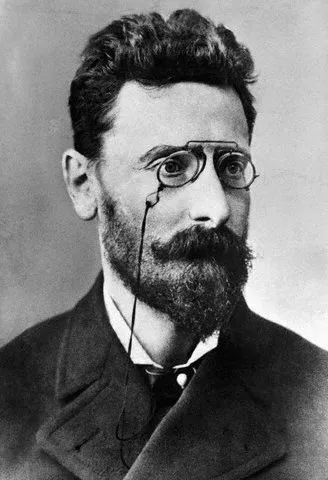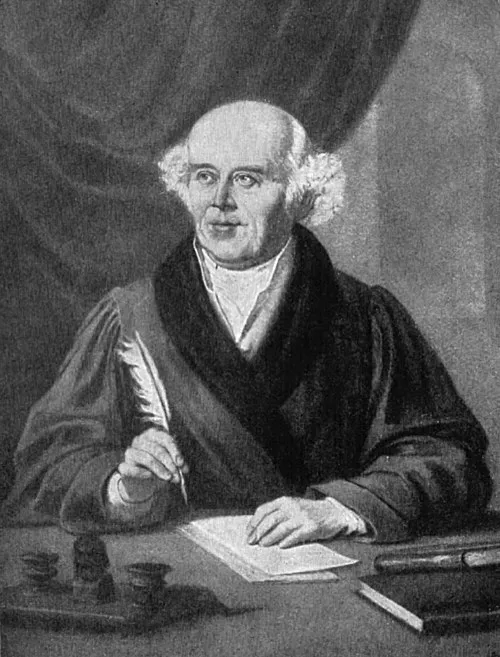
Name: George William Russell
Birth Year: 1867
Nationality: Irish
Professions: Author, Poet, Painter
Death Year: 1935
The Life and Legacy of George William Russell: An Irish Luminary
Born in the bustling town of Lurgan, Northern Ireland, in 1867, George William Russell emerged into a world ripe with the promise of creativity and conflict. He was not merely a child of his time but rather an artist poised to capture the spirit of his era through various mediums poetry, painting, and profound philosophical thought.
From an early age, Russell displayed a talent for art that set him apart from his peers. However, it wasn’t just talent that defined him; it was his insatiable curiosity about the world around him. Growing up amidst the lush landscapes of Ireland, he often found inspiration in nature’s beauty and complexity. This connection would later manifest itself vividly in both his poetry and paintings.
At 17, he moved to Dublin a city bubbling with cultural revival and literary ambition. Ironically, while many young artists sought immediate fame in a crowded marketplace, Russell took a different path: he began working as an accountant during the day but spent his nights immersed in writing poetry that echoed with mythological themes intertwined with personal introspection.
Perhaps what set Russell apart was not only his artistic prowess but also his deep spiritual inclinations. As he wrote fervently about Celtic mythology and folklore elements deeply rooted in Irish identity his works resonated profoundly within the burgeoning Irish literary community. His first major collection of poems titled "Homeward Songs by the Way" arrived on shelves in 1894 to critical acclaim; yet instead of basking solely in this recognition, he continued to refine his craft relentlessly.
The turn of the century brought new challenges for Russell. Despite being celebrated as part of what became known as The Irish Literary Revival alongside contemporaries like W.B. Yeats and Lady Gregory Russell found himself at odds with some aspects of their ideologies. Who knows if this dissonance arose from a desire for artistic independence or from profound philosophical differences? Regardless, it fueled both tension and creativity within him.
This period saw Russell delve deeper into painting as well a pursuit where he would express himself visually through rich colors reminiscent of Impressionism paired with Symbolist influences! His artwork was more than just aesthetic pleasure; it served as an outlet for expressing mystical visions drawn from dreams or nature's whispers.
However tumultuous these years may have been personally or artistically it did not deter him! Instead fueled by passion the launchpad for some remarkable work occurred when he became involved with Dublin’s Abbey Theatre movement during its formative years around 1904. Here lies another fascinating layer: while most writers aspired merely to pen dramatic scripts worthy enough for stage adaptation; Russel took charge behind scenes helping shape visual aesthetics too!
This dual role offered incredible insights into how storytelling transcends mere words and perhaps lent credibility back towards those metaphysical themes that permeated much earlier works such as "The Divine Vision".
As World War I unfurled across Europe like dark clouds blotting out sunshine Russell grappled significantly over moral implications surrounding conflict itself! His skepticism toward war echoed loudly among contemporaries who had rallied behind nationalist causes during such turbulent times…Yet irony lurked at every corner because despite advocating peace through reasoned discourse; he joined efforts aimed at promoting Irish nationalism with fervent belief uniting arts against oppression instead!
Sadly Russell experienced personal loss when close friends fell victim to chaos wrought by war itself which inevitably shifted perspectives once more! With all these complexities intertwining uniquely over decades…the final decade before passing would reveal an old soul imbued wisdom honed over countless experiences endured throughout life journey!
The Early Life of George William Russell
George William Russell was the son of a farmer, which deeply influenced his appreciation for nature and Irish culture. He was educated at Lurgan's Royal School and exhibited an early talent for writing and art. Following his education, he worked as a clerk and began to immerse himself in Dublin's literary and artistic community. His involvement in the Irish nationalist movement further shaped his worldview and creativity.
Literary Contributions
Russell was primarily associated with the Irish Literary Revival, a movement aimed at promoting Irish culture and literature. His poetry often delves into themes of mysticism and spirituality, drawing heavily from Celtic mythology. His debut poetry collection, "Homeward Songs by the Way," published in 1894, received considerable acclaim, showcasing his lyrical prowess and unique voice.
In addition to poetry, Russell authored several essays and articles that illuminated the social issues of his time, advocating for Ireland's independence and cultural reawakening. His prose work, "The Candle of Vision" (1918), reflects his metaphysical beliefs and explores the concept of a deeper reality beyond the material world.
An Artist of Many Mediums
Apart from his literary accomplishments, George William Russell was an accomplished painter. His artworks were often characterized by vibrant colors and dreamlike imagery, embodying the same mystical quality found in his writing. Russell was closely associated with the Dublin Painters and participated in numerous exhibitions throughout his life.
Moreover, his illustrations often accompanied his literary works, further merging his artistic expressions. His ability to transcend mediums showcased his profound connection to the Irish landscape and folklore, bringing his unique vision to life.
Legacy and Influence
George William Russell passed away on July 17, 1935, in Dublin, leaving behind a rich legacy that continues to inspire poets, artists, and thinkers alike. His work embodies a deep-seated love for Ireland and serves as a historical reflection of the cultural revival during the late 19th and early 20th centuries.
Posthumously, Russell's contributions were honored through various organizations, literary societies, and awards named in his memory, further solidifying his status as a pivotal figure in Irish literature and art. His writings remain studied, and his paintings are revered, ensuring that his mystique continues to enchant new generations.
A Creative Renaissance Amidst Turmoil
The post-war period witnessed both challenges & transformations across Europe and particularly within Ireland where newfound independence stirred sentiments latent since centuries past as homegrown voices clamored louder now than ever before demanding attention! On one hand…Russell could’ve retreated comfortably basking accolades amassed over decades past…but instead chose courageously confront further horizons ahead joining forces anew!”
The Later Years: Reflection & Influence
Throughout these later years leading up until 1935 the year marking culmination fatefully arriving…he penned several collections revisiting older themes while also delving deeply reflecting social shifts occurring all around her…In “A Quiet Land” published back mid-1920s it featured verses capturing serene moments infused imagery steeped mystery evoking longing nostalgia mixed fragility human existence utterly captivating readers even today!



